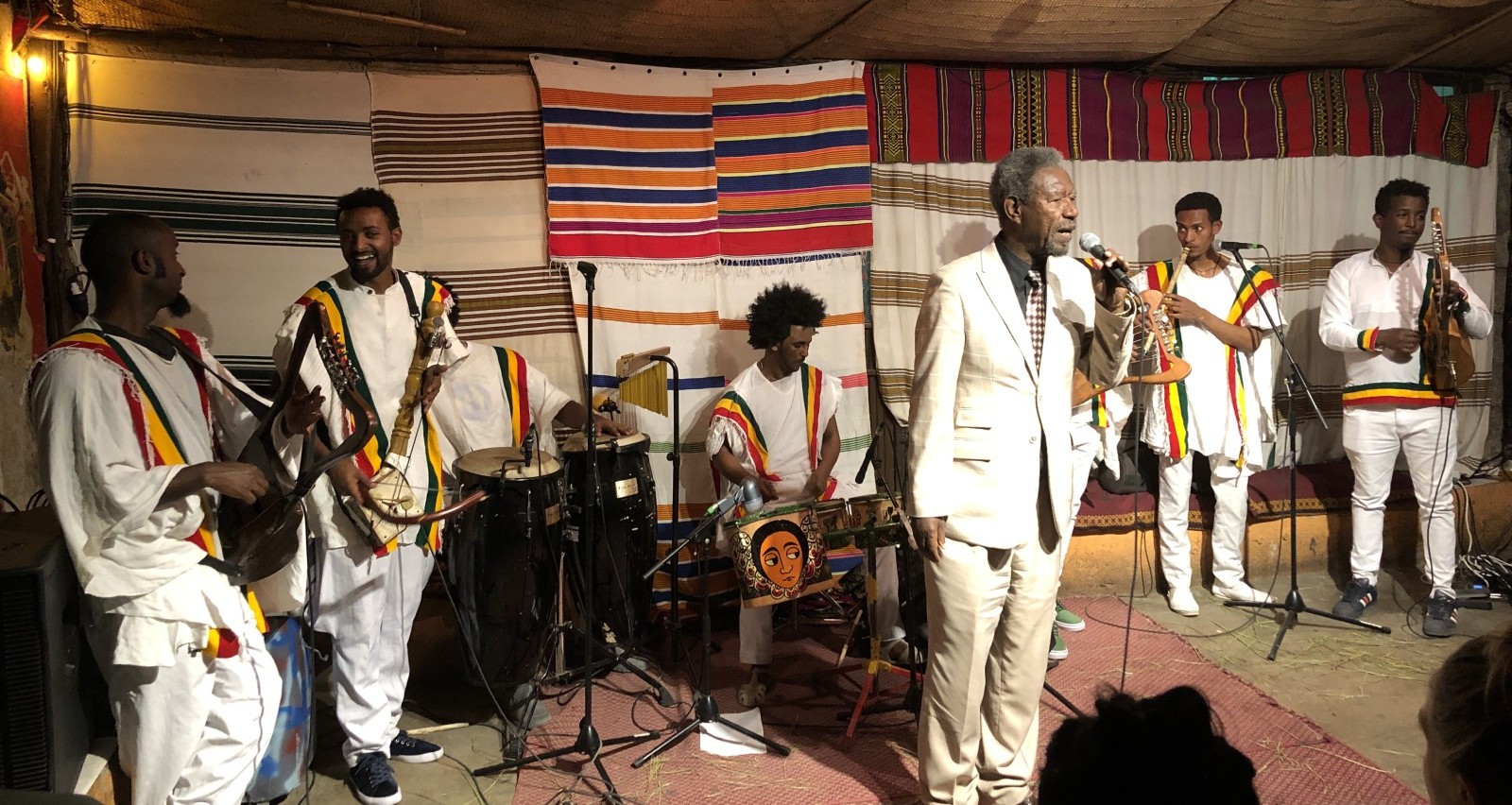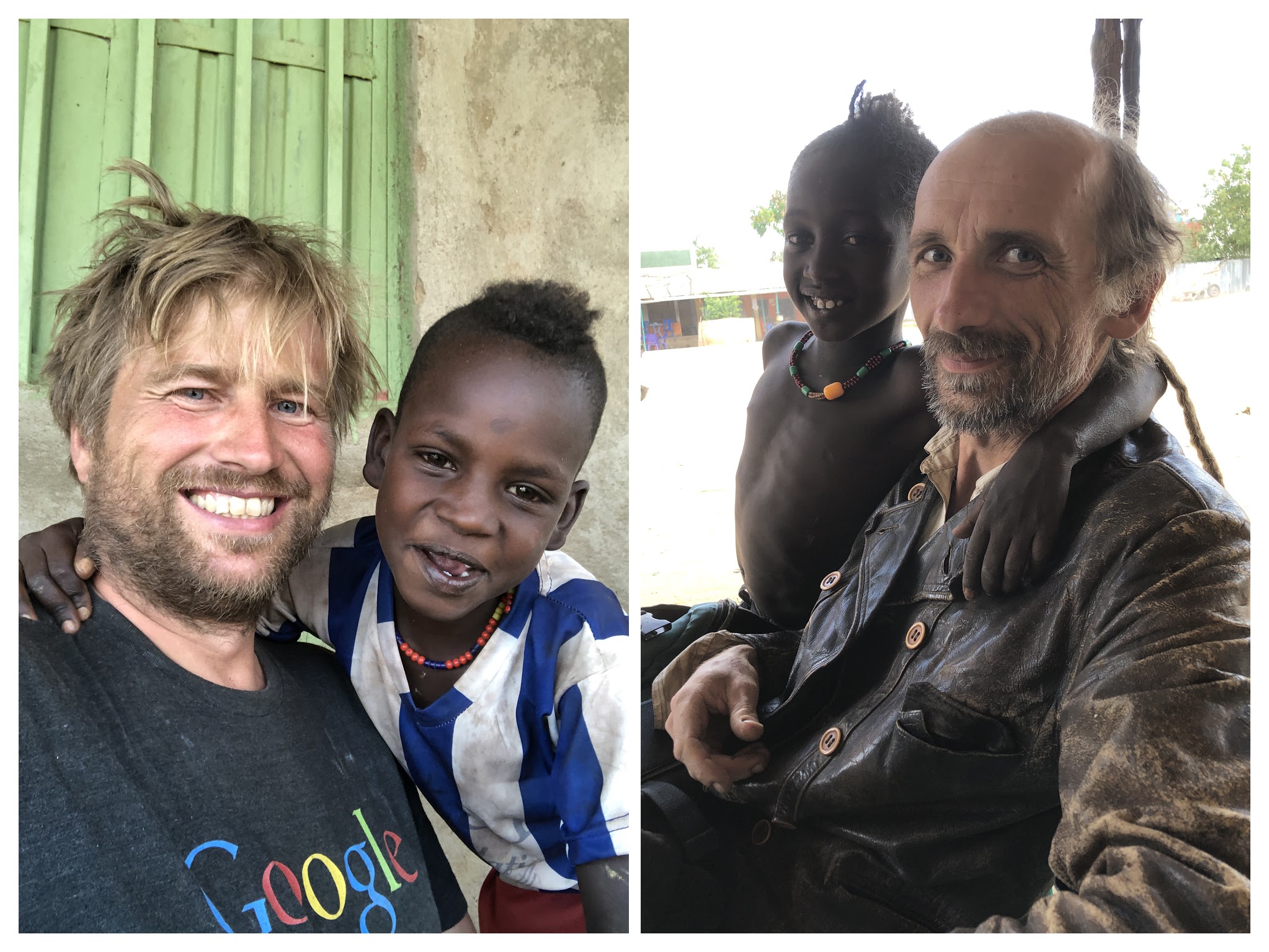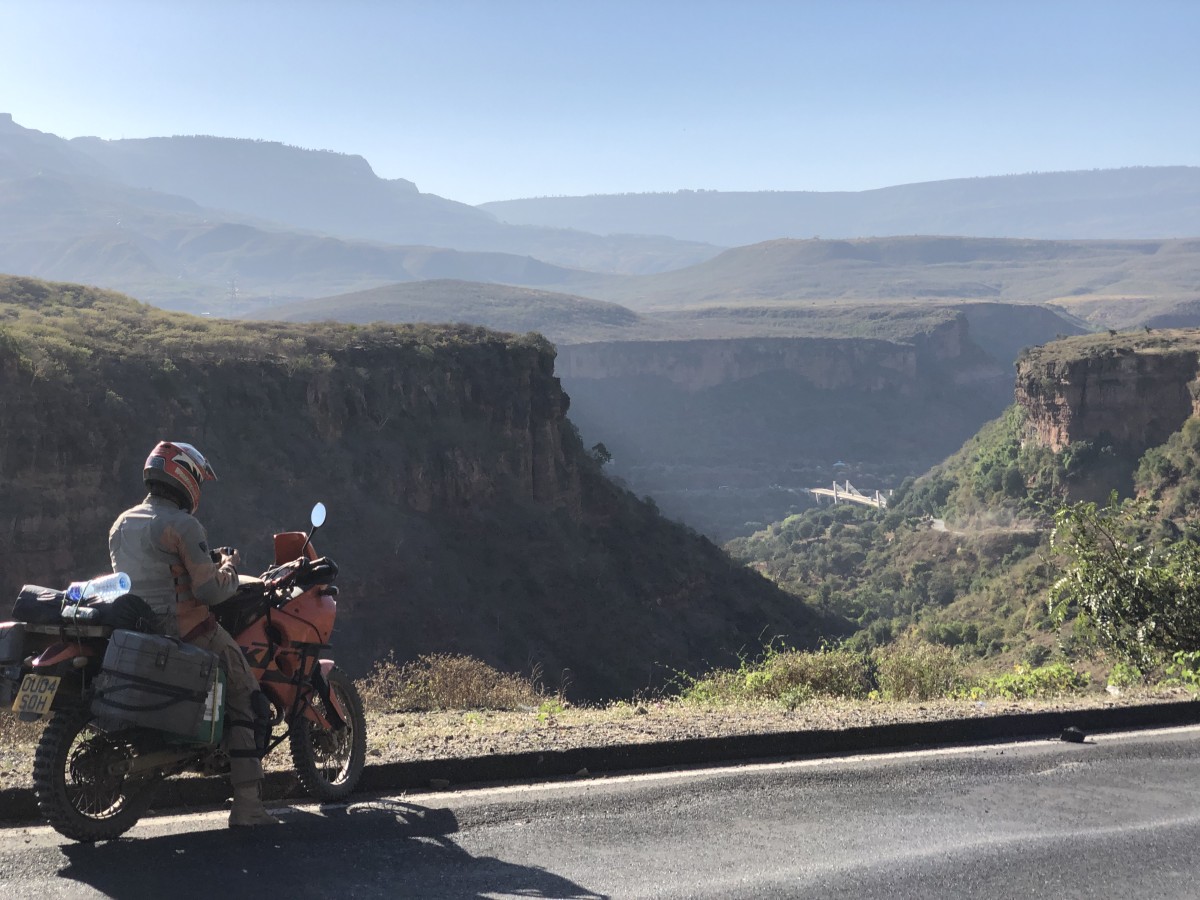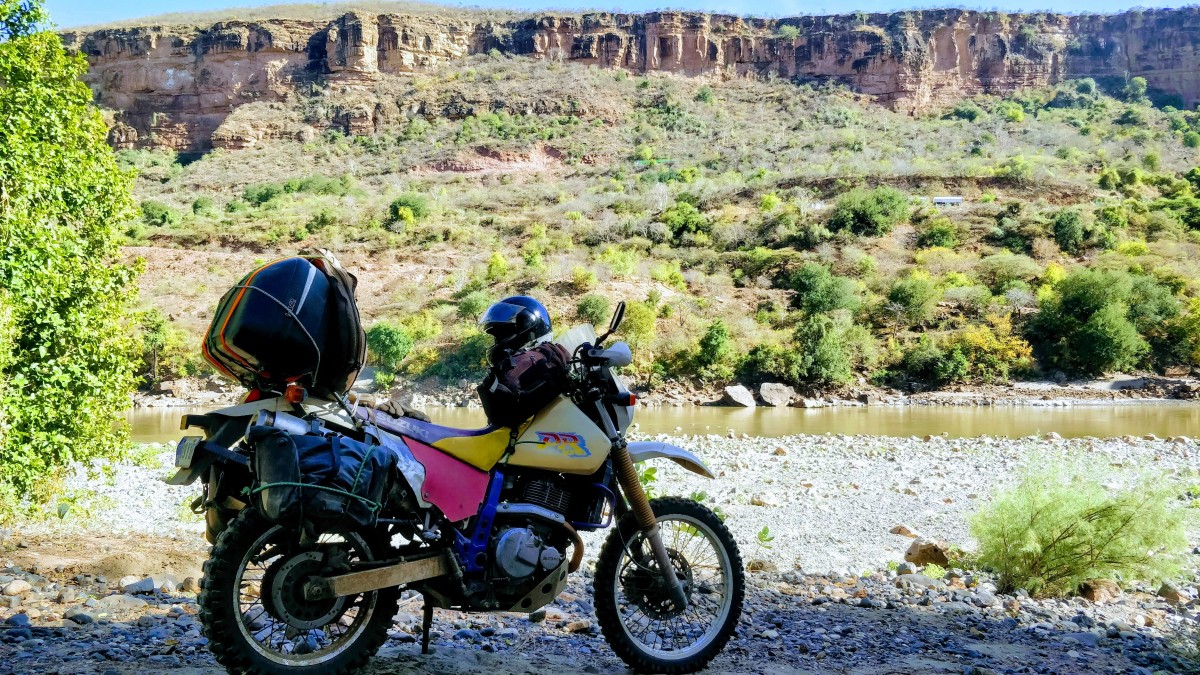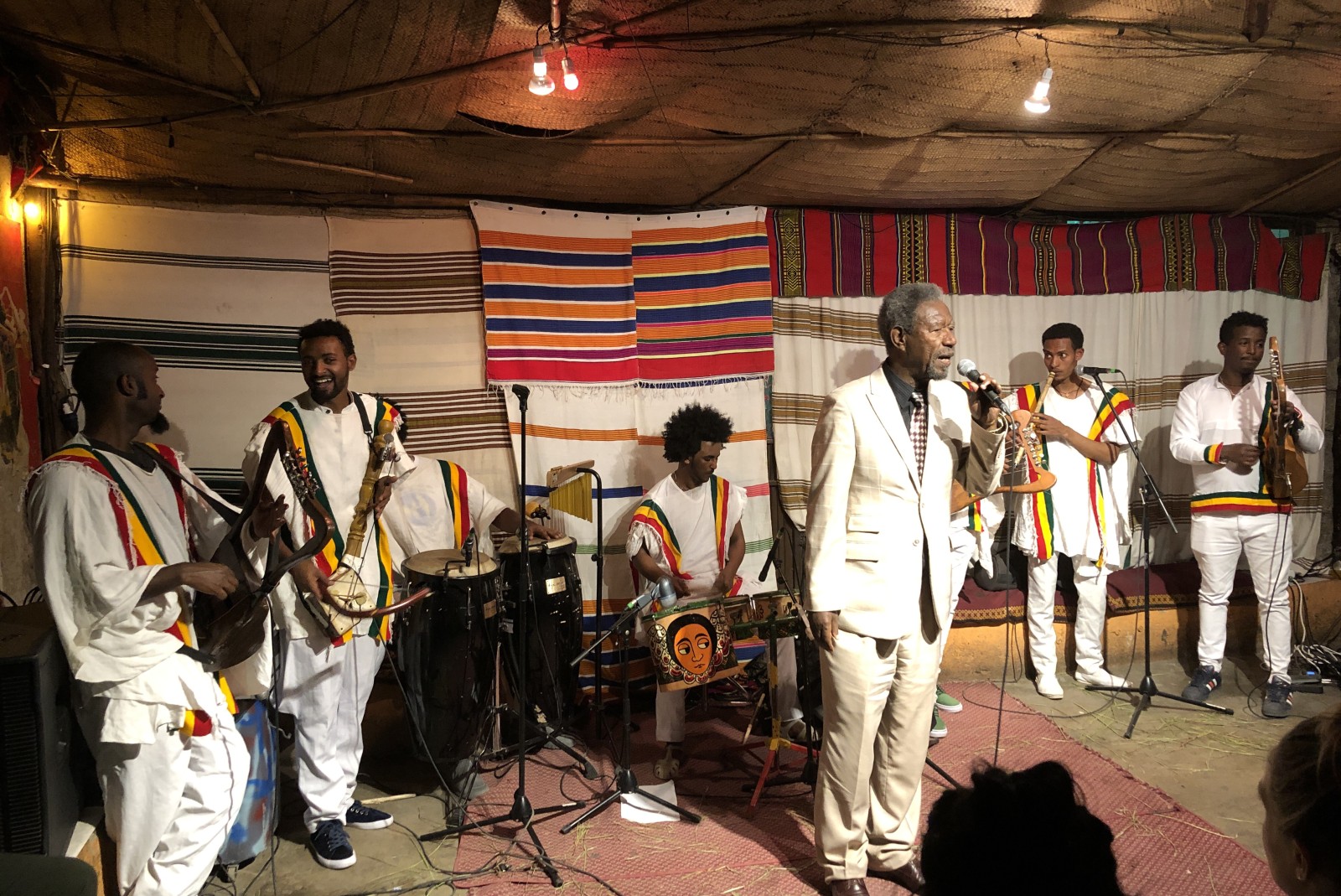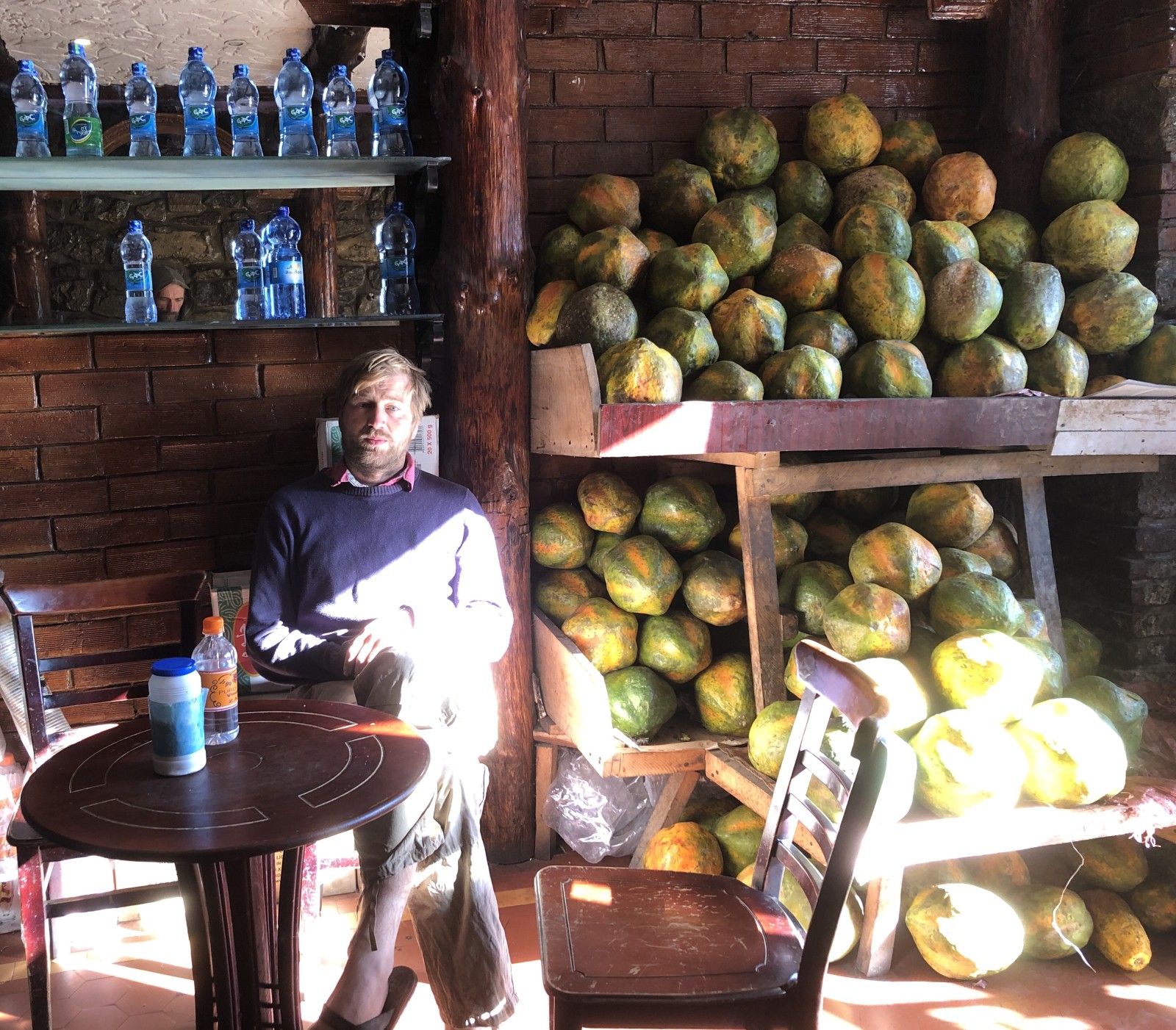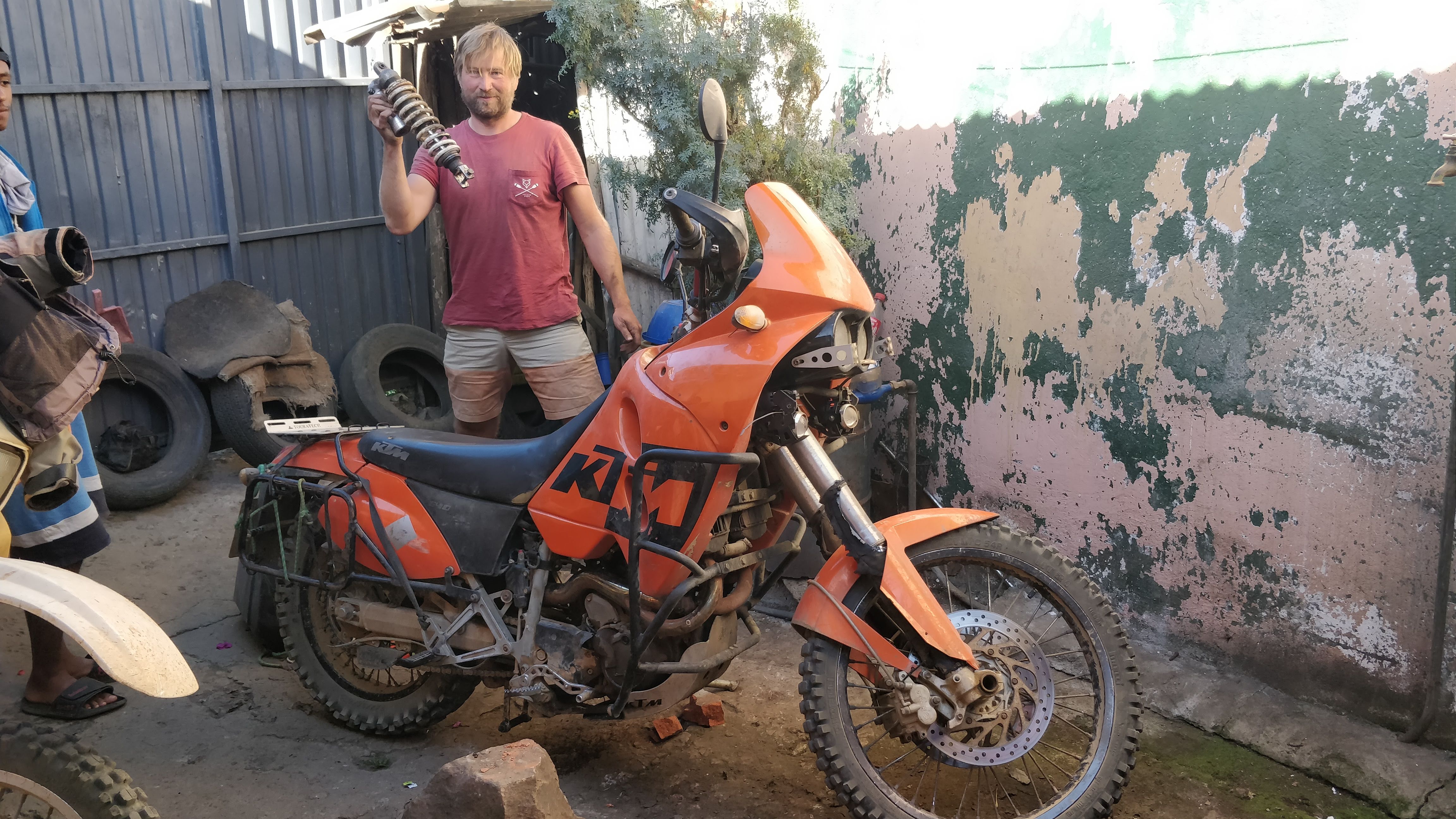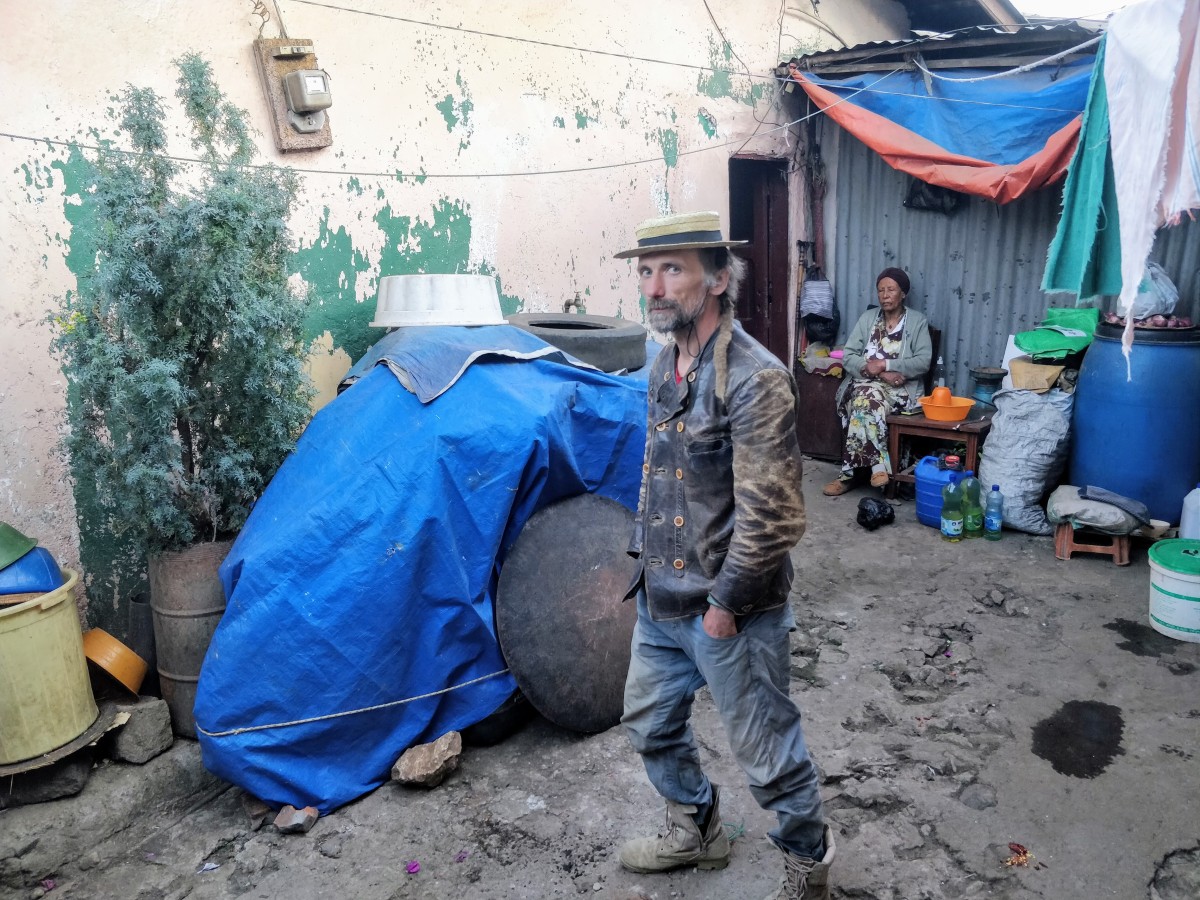I’m leaning on the shop counter in a village of Keyafer and negotiating the price of black market petrol, when I feel someone is gently stroking the sun-bleached blond hair on my left arm. It is a 25 year old Ethiopian dude. I look at him, he knows I’m looking at him, and he keeps stroking the hair on my arm. Gently gently. I consider asking him to stop but then decide it doesn’t cost me anything and return my attention to the petrol.
We’re 200km from the southern border and Addis Abbeba is at least 900km north, whites are pretty rare in this part of Ethiopia and when they turn up, they’re almost always confined to a Toyota Landcruiser driven by a tour guide. The petrol near the border was $4, now we’re getting close to $3 on the black market. At the pump it is meant to be $0.50. We were on the way to the first station in Jinka, but hear now that it has been empty for 3 weeks already. They say Konso will have petrol. We buy enough to get another 150km to Konso, but there is no petrol. Locals say the next town has it. And it doesn’t – it is starting to turn into a wild goose chase, riding on almost empty tanks. Everyone has a different story – some say the whole Ethiopia doesn’t have petrol for the last 3 weeks, others say there is petrol in Addis, yet others say next town has petrol.
The locals’ interaction with us is completely different to anywhere else in Africa. Everyone tries to get your attention, usually whistling, shouting “You!” or even grabbing your arm. It’s pretty intense. Everything other than physical contact is easy to ignore though. It is common everywhere in Africa that the entire menfolk of the village is summoned when mzungu arrive on big bikes. Children can stand around and watch for many hours. But they always keep the distance of 5 meters. In Ethiopia they’re all over you immediately, touching the bike, checking tires, turning the throttle, etc. We always used to leave the key in the bike when we go to eat or park overnight. The only time I ever remove the key is to open the tank plug at the pump. That has to change now, because the kids would try to start the bike if I left the key in.
We stop in the village to negotiate some food. Food is really easy – as we don’t speak a word of Amharic and they rarely speak Estonian or English, at best we can explain with hand signs that we’d like some food. The answer is either negative headshake, “we don’t serve food” or a positive nod and a little later something arrives. This time it was a tray with boiled cabbage and some boiled eggs. Delightfully tasty. The villagers from the nearest quarters have already arrived to watch the white people eat, now the rest are driving in on their little Chinese bikes from further out. Someone is riding uphill towards our little resto-shack on his bike and from 50 yards away gloriously shouts loud “You are you!”
In a few hundred km we get to the first town that has petrol. We’re back running on the normal $0.70 list price and rather relieved. In the meantime the cause of the shriek that Kotilda’s suspension had developed in Kenya, has become clear. The rear shock absorber is leaking oil and gradually stopped working. I’m now sitting on a bouncy spring, which makes gravel and dirt road almost unbearable. Just a few days ago I was quietly impressed that in spite of nearly 30,000 km of African roads these bikes are still structurally intact and performing. We find a maverick mechanic and a welder in Arba Minch, who help us get the shock’s oil reservoir open – now I can run on constant refills. The plug screw had rusted in and the technique was to weld another bolt to the screw.
Time in Ethiopia is complicated. When the clock on the wall shows 2:32am it is actually 8:32 am in our time. At home it is 6th of January 2019, but for Ethiopians it is 28th of April 2011. In this weird time-warp it becomes pointless to talk to locals about absolute time, but rather stick to the relative “we will meet in 3 days after sunrise” rather than “see you 7am on the 9th”.
We reached Addis at noon. Ethiopia is the second most populous country in Africa with 108m people, but Addis is not big – merely 5m. We have been circling in the city for a few hours now, but weirdly we can’t seem to find the town centre. Whichever direction we go, it’s all the same. Juka remarks that this whole place is like an industrial complex, half completed, half fallen into despair already. We later found out that firstly it happened to be Christmas Day in a deeply religious country and secondly the wealthier part of town is in a suburb further away from the centre. At last we find a hotel, some wifi and get to work.
We won’t make it to Sudan on this trip although we got the legendarily tricky visas. Khartoum is another 1200km away on the shortest route and taking the shortest way defeats the purpose of travel. Sudan is also not the easiest place at the moment. There is no petrol in the stations, the financial sanctions mean that international cards don’t work and recently the unhappiness with the regime is bringing people to the streets, which again is bringing the army with guns and bullets and some people die.
We decide to find a place to park Kotilda and Suusi in Addis for another year and once this is sorted, then do a little loop in the north before we park and fly back. Finding long-term bike parking in this place isn’t easy. There is only one known bike mechanic in Ethiopia and he is out of the country for a few months. We do reach him on whatsapp, but in addition to charging quite a bit for storing the bikes he promises to report us to customs if the bikes overstayed the official 3 month TIP we got on the border. We had been to the Customs headquarters in the morning. After getting to know everyone in the bureau it is clear – we won’t get an extension beyond 6 months and even that if we put the bikes in the customs compound for the time or in our embassy. Surely the sun will go cold before Estonia will afford an embassy in Ethiopia and no chance we’d leave the bikes with customs. The friendly overlander guesthouse has some 4x4s parked in their compound, but even they are adamant that customs paperwork is prerequisite for any discussion. Grim thoughts of final departure from the bikes creep in. Juka suggests we could ride to the Nile canyon in the north and push the bikes over the edge to a spectacular 3000 feet fall into the river, but the prospect of having to take the bus back to Addis is appalling. We switch off and hit the famous jazz pits of Addis.
The girl at the door of the Fendika Azmari Bet collects our $1.50 entry fee and we walk into a compound, which resembles a self-built zero budget underground hipster hangout in Europe, in Addis it is the premier ethio-jazz club. Most importantly, it is the real thing. The story of jazz started in Ethiopia in the 50s when the emperor Hailie Selassie adopted a 40-strong Armenian orphan orchestra. Over the years the traditional jazz got mixed with the Amharic and Omori traditional ethno beats. 1975 when the Marxist Derg overthrew Selassie and established a 16 year long curfew, it marked the death of jazz. Many musicians emigrated and ethio-jazz got popular in New York. Now the returning emigres are bringing it back to Addis, the original anthems are re-pressed.
The quartet is in the middle of their set. When classical jazz players would start a piece and get into improv, here they rather go more into a jam. The jam is where the traditional rhythm comes in and the brass starts wailing like an Ethiopian mama in the village. The traditional beat is when the crowd gets restless and moves in on the dancefloor.

[Here’s a longer 3 minute video which the above GIF was cut from]
That night brought us Ethiopian jazz rappers (reminds of g’old Buckshot Lefonque) and a village stand-up comedian with a traditional cello. All cryptic to us – he was playing a few chords, chanting a few lines, talking to a random person in the audience and then everyone was laughing themselves to bits. It repeated for about an hour and people just couldn’t stop laughing.
Next morning the coca-cola hangover from Fendika mixes with the hopelessness of the bikes situation. There is always a solution. Ours came in the form of Tommy – a driver, who was a friend of the manager at the guesthouse. Hearing us out, he said: “No problem, you can park at my grandmother house. For a year? No problem.” In fact he said “no problem” so frequently it quickly got suspicious. We went to check out his grandmother’s place, which was “like the compound here” referring to the guesthouse. We arrived, were quickly ushered through her grandmothers bedroom to the coffee room and served the black juice of the country. Later when we asked to see the compound turns out we had already walked through it – just it was 100x smaller than the one at the guest house – effectively the space between the gate and the house door. Fair enough it would fit 2 bikes and barely leave room to walk around them. I quite understand his statement, in fact whenever I go back to places where I spent time as a child, everything that then seemed enormous now feels tiny. I’m sure he remembered the compound much much larger from his childhood. Beggars can’t be choosers – we take it, thank you very much.
We now only have a few days to explore the north, the cradle of the civilisation. We ride on the 2500m plateau, through the 1500m deep canyon of the Blue Nile and only then 200km later check the distance to “the north”. 1400km round trip to Aksum and Lalibela. That’s 7 days easy riding or 4 days with scars on buttocks. No thank you, next time, culture. Now we just need to find the closest canyon to put up the tent. The appeal of a 20 Celsius night in the canyon over freezing at 5 degrees on the plateau is irresistible.
The life on the plateau looks quite similar to back home, fields of wheat, meadows for hay, potato farms. Quite fascinating that this is so close to the equator. Some of our summer nights in Estonia are warmer than the evenings on the plateau.
Suusi’s clutch, which we thought we fixed reliably with Yamaha parts in Tanzania, is now starting to play up again. Given everything is so incredibly far away still, we decide to loop back to Addis and check out the jazz pits once more.
This time Fendika is playing more traditional rhythm.
It’s time to pack up and leave the bikes waiting in Addis. I’ve looked at some “how to dismantle your shock absorber” videos on Youtube and pretty certain now that I won’t be able to fix Kotilda on the spot, the new ones are £500 easily, so I take off the broken one and see if I find a workshop in Europe where I can look inside and see if I can fix it.
We have the whole family helping us with prepping the bikes for storage. “Whole family” is a little bit off, because the husband of the auntie helping us had 18 other brothers and sisters. The grandma watching over the operation got a little bit easy for a minute: “what if someone comes and asks where did we get the bikes?” She calmed down when we showed we leave her the copies of all bike documents. The end result was pretty neat – both for weather and neighborhood watch. Rest well, Kotilda and Suusi!
